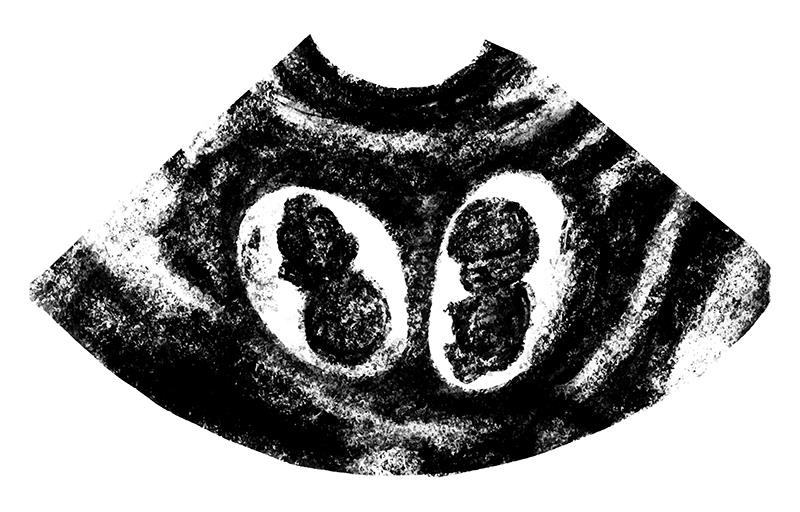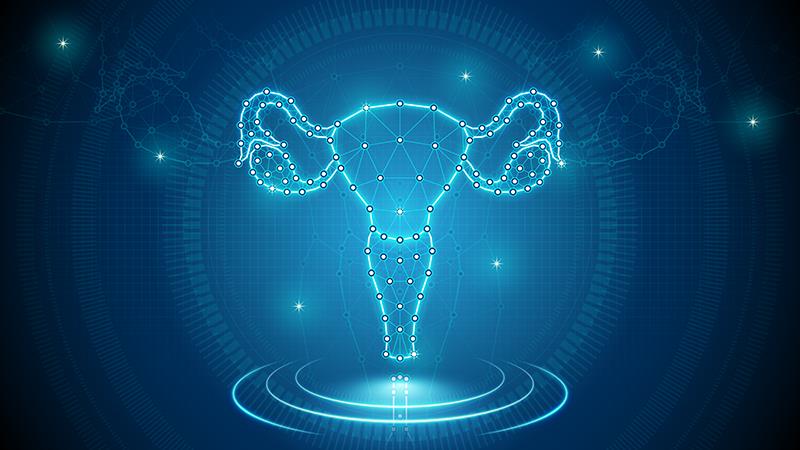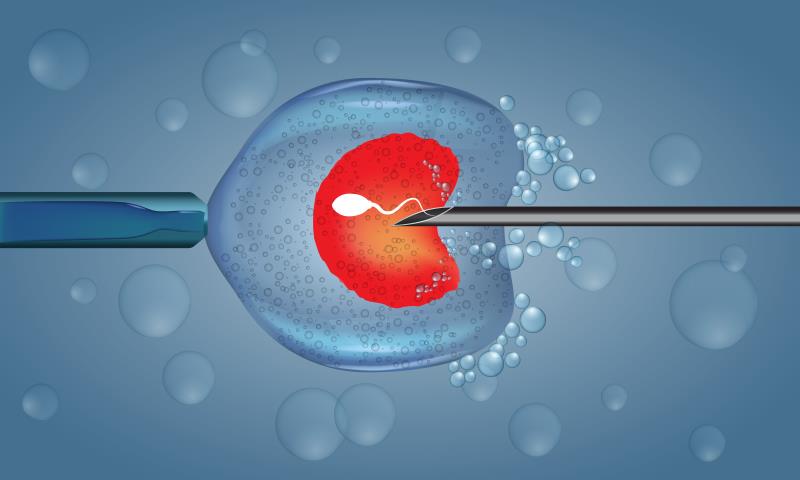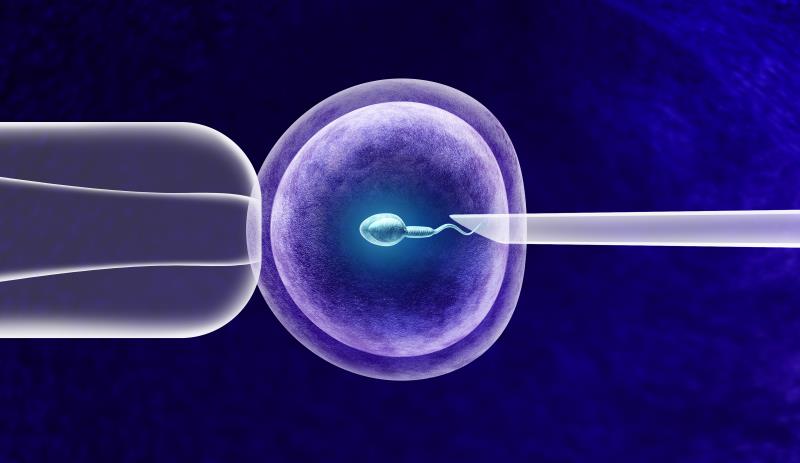Nội dung của trang này:
Nội dung của trang này:
Tổng quan
Infertility is defined as a failure to achieve pregnancy
after 1 year of unprotected regular intercourse or therapeutic donor insemination
in women <35 years old or within 6 months in women >35 years old, as
stated in the Introduction
section.
The prevalence rates of infertility are difficult to
establish because of male and female factors that complicate any estimate,
which may only focus on the woman and the pregnancy outcome. A detailed
discussion about the prevalence of infertility is in the Epidemiology section.
The Classification section states that infertility can be
primary (no pregnancy has ever occurred) or secondary (pregnancy has occurred
irrespective of the outcome). The World Health Organization (WHO) Classification
of Ovulatory Disorders, and the International Federation of Gynecology and
Obstetrics (FIGO) Classification of Ovulatory Disorders, are also included in
this section.
 Infertility_Disease Summary
Infertility_Disease SummaryHistory and Physical Examination
The Clinical Presentation section describes the clinical features to be
evaluated in considering infertility in couples.
A thorough medical, surgical, sexual, pregnancy, and contraceptive
history must be undertaken and is further explained in the History section.
The Physical Examination section emphasized that a complete physical
exam must be performed, with emphasis on the evaluation of secondary sex
traits, external genitalia, and bimanual exam of the pelvic area.
Chẩn đoán
Discussion on diagnostic assessments and tests that a couple
must undergo in the evaluation of infertility is in the Laboratory Tests and Ancillaries section.
The Imaging section discusses the need for further
evaluation to assess the tubal patency and the uterine cavity in the management
of female infertility.
Other endocrine dysfunctions that can cause impaired
fertility are discussed in the Differential
Diagnosis section.
Xử trí
The Pharmacological
Therapy section discusses in
detail treatment options in the management of polycystic ovarian syndrome,
hypothalamic and ovarian causes of ovulatory disorders, hyperprolactinemia, and
other causes of infertility.
The Nonpharmacological section includes discussions on lifestyle
modification, such as smoking cessation, moderation in alcohol intake, and
weight management, and things to educate couples on the management of
infertility. Assisted reproduction that aids in the management of infertility,
such as intrauterine insemination (IUI) and in vitro fertilization
(IVF), are also discussed in this section.
Surgical options for polycystic ovarian syndrome (PCOS),
cervical factors, endometriosis, tubal dysfunction, and uterine abnormalities
are in the Surgery section.
The Complications
section details the potential risks associated with assisted reproduction in
managing infertility.












